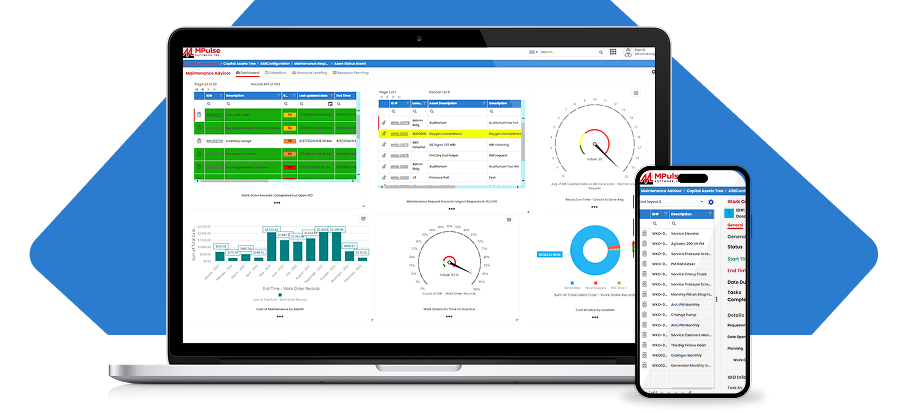When maintenance teams adopt proactive approaches to maintenance, two of the most common are preventive maintenance and predictive maintenance. But, what’s the difference?
What is Preventive Maintenance?
Preventive maintenance is triggered by time, meter, or event. This type of maintenance is based on average or expected life statistics (usually determined by the equipment manufacturer or vendor). The most common example is changing the oil in a car every X,000 miles or every X months.
Preventive maintenance is one of the first steps to reduce run-to-failure maintenance in favor of a more proactive maintenance plan. Additionally, CMMS excels at helping maintenance shops schedule preventive maintenance tasks, preventing failure and prolonging asset life cycles.
What is Predictive Maintenance?
Predictive maintenance means different things to different people. Usually, maintenance professionals define it as gathering data on the actual condition of equipment to determine when maintenance is needed—sometimes called condition-based maintenance (CBM). CBM allows you to track meters and gauges on assets, and to trigger work orders at specific points. You can gather the data manually or automatically, and your CMMS software stores the data and alerts maintenance staff to take action.
For example, condition-monitoring tools and CMMS software can analyze how the asset is working—maybe by measuring operating temperature or oil viscosity, etc. This data helps spot signs of potential problems. Then CMMS software sends alerts before breakdowns occur.
CBM monitors an asset’s real-time condition. So, there’s a predictive element to it. But more advanced predictive maintenance analyzes how long an asset will last using one or many types of measurement. A classic example is electrical transmission grids. Engineers analyze detailed information about equipment failure rates, so they can program software to predict when similar assets will fail in the future.
Long-Term Goals
The long-term goal of predictive maintenance prevents both reactive maintenance and unplanned breakdowns, while at the same time reducing the costs of unnecessary preventive maintenance. MPulse CMMS software can capture, store, and organize data for reports and predictive analytical tools.
Predictive maintenance is gaining more attention as organizations want sensors on key assets and use the power of the Internet of Things (IoT) to collect the data to feed into their CMMS software. CMMS combined with IoT is an excellent way to help maintenance teams to foresee asset failure and proactively perform maintenance.
Have questions? We have answers. Contact us to see how we can help you improve your maintenance operations.


